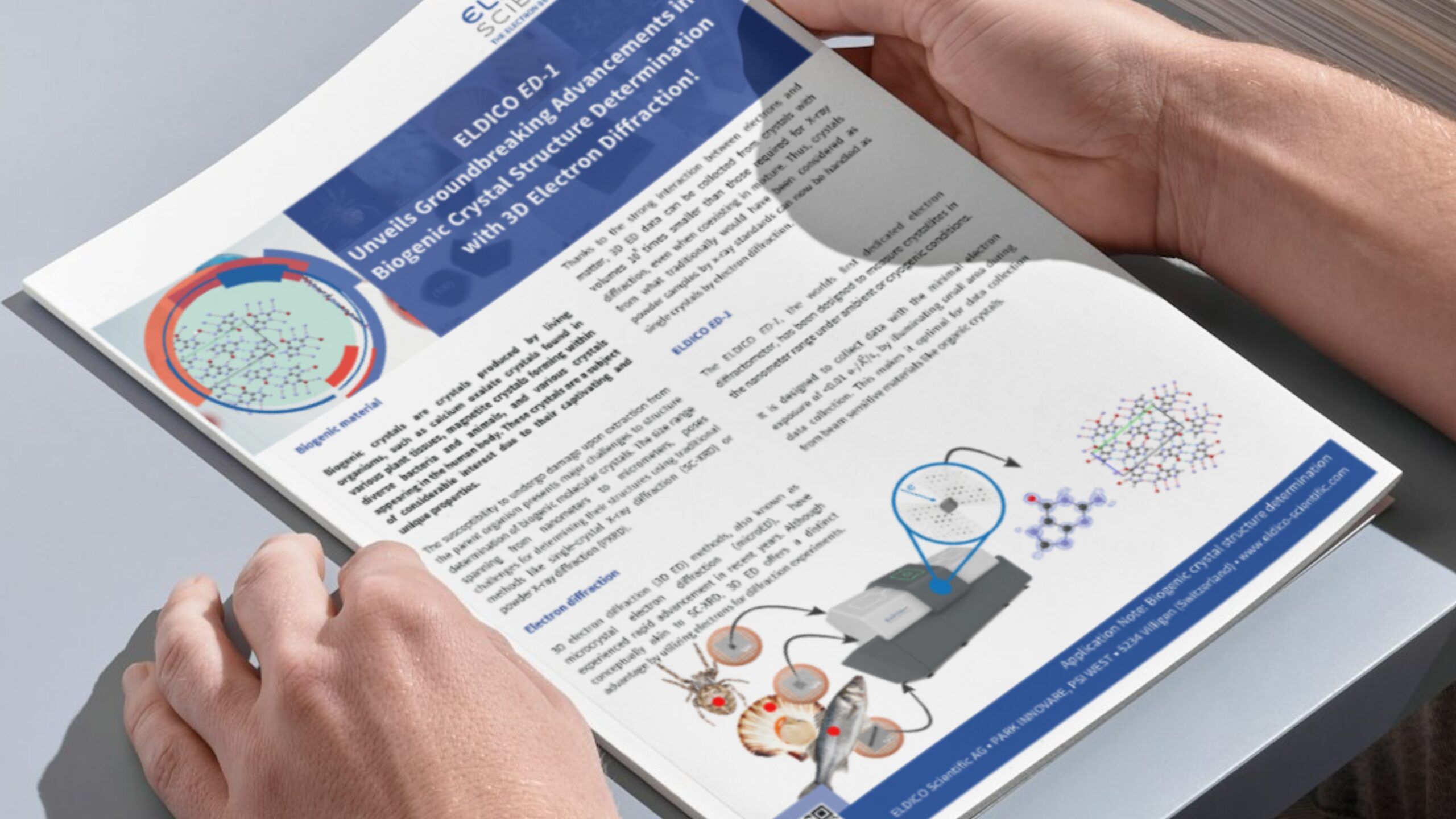
Micro electron diffraction analysis, or MicroED for short, is a novel technology that renders examination of crystalline materials possible. These materials are incredibly microscopic in detail. This approach can identify the atomic structures of materials as fine as nanometers. As a result, it becomes immensely useful for studying samples that are too small for conventional techniques like X-ray diffraction.
Understanding the atomic structure is crucial in sectors like materials science, biology, and medicine. All are heavily dependent on micro electron diffraction analysis. Studying complicated materials and molecular structures has become easier with its exceptional accuracy and capacity to handle small samples. It has opened up new research opportunities.
Let us delve into five key uses of micro electron diffraction analysis.
Protein structure determination
Analysis of micro electron diffraction is widely utilized to understand protein structures. It allows scientists to study how proteins are produced at the atomic level. This in-depth knowledge aids in the creation of novel medications as it allows for the precise structure of proteins to be understood. It helps in the creation of medications that target certain bodily molecules.
Pharmaceutical research
MicroED is an essential tool in drug research since it helps determine how drug compounds interact with their targets. This method is very helpful for studying tiny, difficult-to-crystallize compounds, which are frequently essential ingredients in medications. It expedites the drug discovery process and results in more potent therapies.
Material science
MicroED is useful for studying the atomic structure of novel materials in the field of material science. This in-depth understanding facilitates the creation of materials with certain qualities, like enhanced conductivity or strength, which are beneficial to sectors like electronics and aircraft.
Nanotechnology
This approach is indispensable in nanotechnology, where it is important to investigate incredibly small samples. Using MicroED technology, researchers can now see how atoms are arranged in nanoparticles. It is enhancing the creation of novel materials, sensors, and gadgets.
Crystallography
When it comes to studying very small crystals that are challenging to examine using conventional methods, MicroED provides crystallographers with a formidable instrument. Across many scientific areas, this has resulted in important advances in our knowledge of crystal structures.
To conclude
Micro electron diffraction analysis is still essential in many scientific domains because it offers unparalleled accuracy when examining atomic structures. As a result of its revolutionary capacity to evaluate small samples, significant advances have been made in the fields of biology, pharmacology, and materials science.

